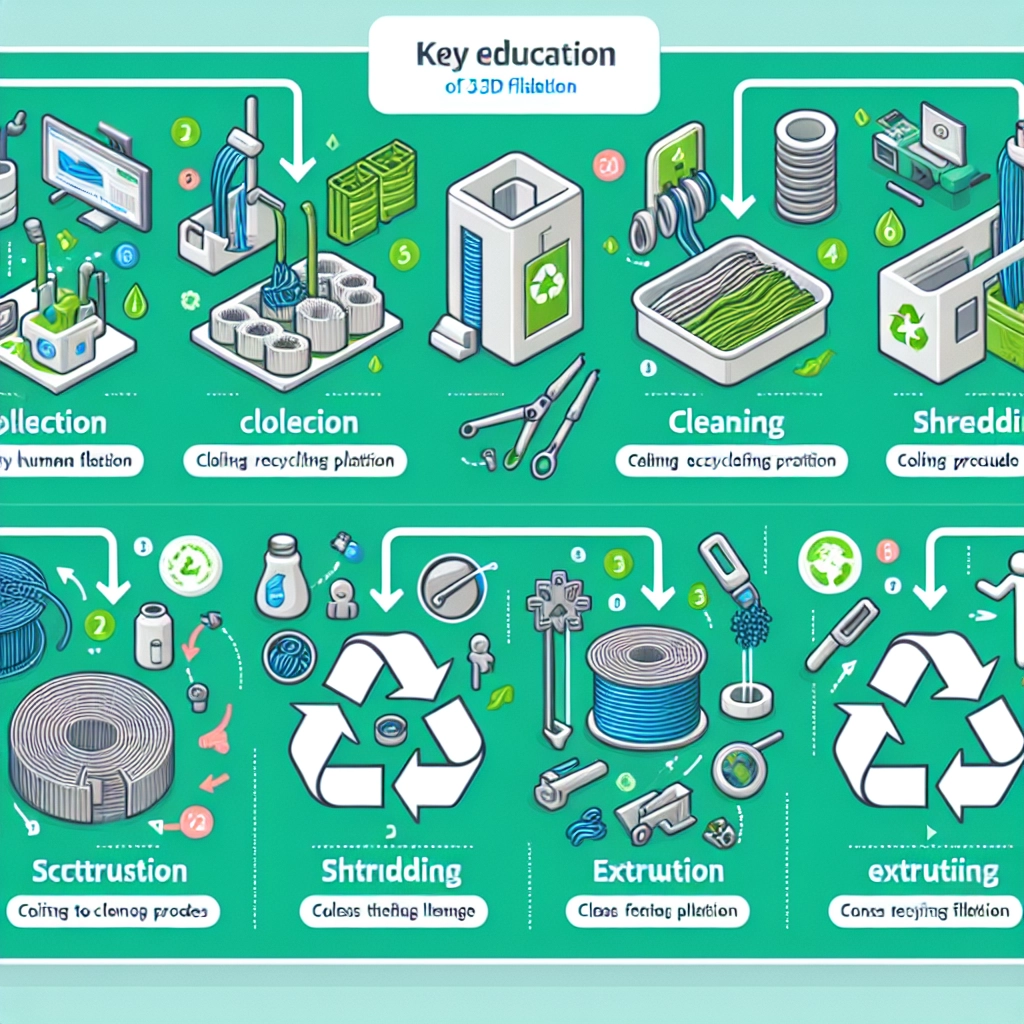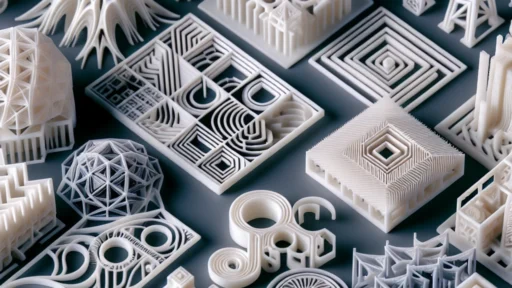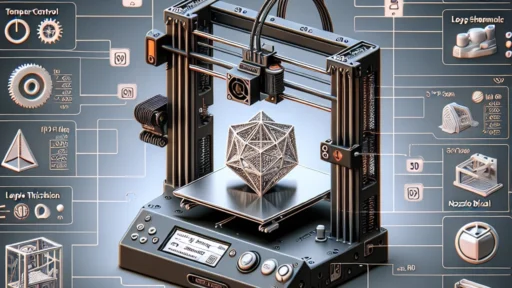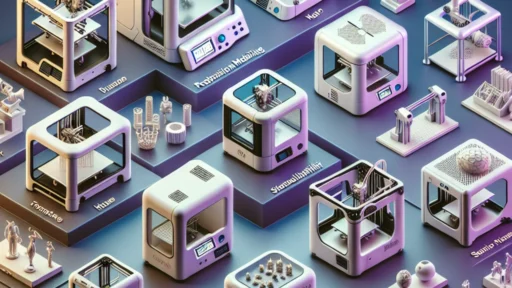3D Filament Recycling: What You Need to Know
If you’re a fan of 3D printing, you might have already marveled at the incredible creations you can produce with just a machine and a spool of filament. From practical home goods to intricate art pieces, the possibilities seem endless! However, there’s an often-overlooked side to this hobby: the environmental impact of wasted filament. Luckily, 3D filament recycling is here to save the day—and it’s something every eco-conscious maker should consider!
What is 3D Filament and Why Recycle It?
3D printing filament is typically made from materials like PLA (polylactic acid), ABS (acrylonitrile butadiene styrene), PETG (polyethylene terephthalate glycol-modified), and others. Each time you create a new model, you might end up with leftover filament, failed prints, or even outdated designs taking up space. Rather than tossing these materials into the trash, recycling them is a much smarter and greener option.
Recycling filament not only helps reduce plastic waste but also lowers the demand for new materials, which can be resource-intensive to produce. By choosing to recycle, you contribute to a more sustainable ecosystem while saving money on buying new filament!
How to Recycle 3D Filament
Recycling filament isn’t as straightforward as tossing it into the recycling bin. Here’s a guide to get you started on your recycling journey:
-
Know Your Materials: First, familiarize yourself with the types of filament you’re working with. Different materials have different recycling processes. For instance, PLA can often be composted under the right conditions, while ABS requires more specialized recycling facilities.
-
Collect and Sort: Gather your scraps, failed prints, and unwanted models. Sort them by material type to streamline the recycling process. This will not only make it easier but also increase the chances that your materials can be properly recycled.
-
Shred and Grind: Instead of recycling whole pieces, you can invest in a filament shredder or grinder that will break your used prints into small pellets. This makes it easier to reprocess them into filament again. If you don’t want to go this route, some companies offer services to grind your material.
-
Filament Extruders: Once your filament is shredded, you might want to consider using a filament extruder to turn your plastic pellets back into usable filament. These machines can be a bit of an investment, but if you’re serious about recycling, they’re a great long-term option.
-
Access Local Recycling Programs: Many regions are starting to set up programs specifically for recycling 3D printed materials. Check out local maker spaces, community workshops, or even schools that may have the facilities to help process your waste.
-
Send it Off: Several companies dedicated to recycling 3D printing waste accept various types of filaments. Do your research on options near you, as many are actively seeking out waste filaments to help close the loop on plastic production.
The Benefits of 3D Filament Recycling
Recycling filament goes way beyond just cleaning up your workspace. Here are a few key advantages:
- Environmental Impact: Less plastic waste means less pollution and fewer resources needed to create new materials, meaning a smaller carbon footprint for your projects.
- Cost Effective: By creating your own filament from recycled materials, you save money in the long run. Plus, some companies even offer incentives for returning used filament!
- Creativity: When you start recycling, it can open a whole new dimension to your 3D printing. You might create a range of mixed-color items or experiment with new designs!
Challenges to Consider
While recycling filament is a great endeavor, it’s not without its challenges. The process requires knowledge and equipment that can be daunting for beginners. Additionally, recycled filament can sometimes have inconsistent quality in terms of color and strength compared to brand new filament. These factors mean that recycling may not always be the best option for professional or high-strength parts.
Final Thoughts
As 3D printing continues to grow in popularity, so does our responsibility towards making it sustainable. By embracing recycling, you can be part of the solution to reducing plastic waste while still enjoying the incredible freedom that 3D printing offers. Whether you choose to dive into filament recycling yourself or support local programs dedicated to the cause, know that every spool matters in the fight for a greener planet. So, grab your prints, a few bags, and get ready to make a positive change, one filament at a time!






